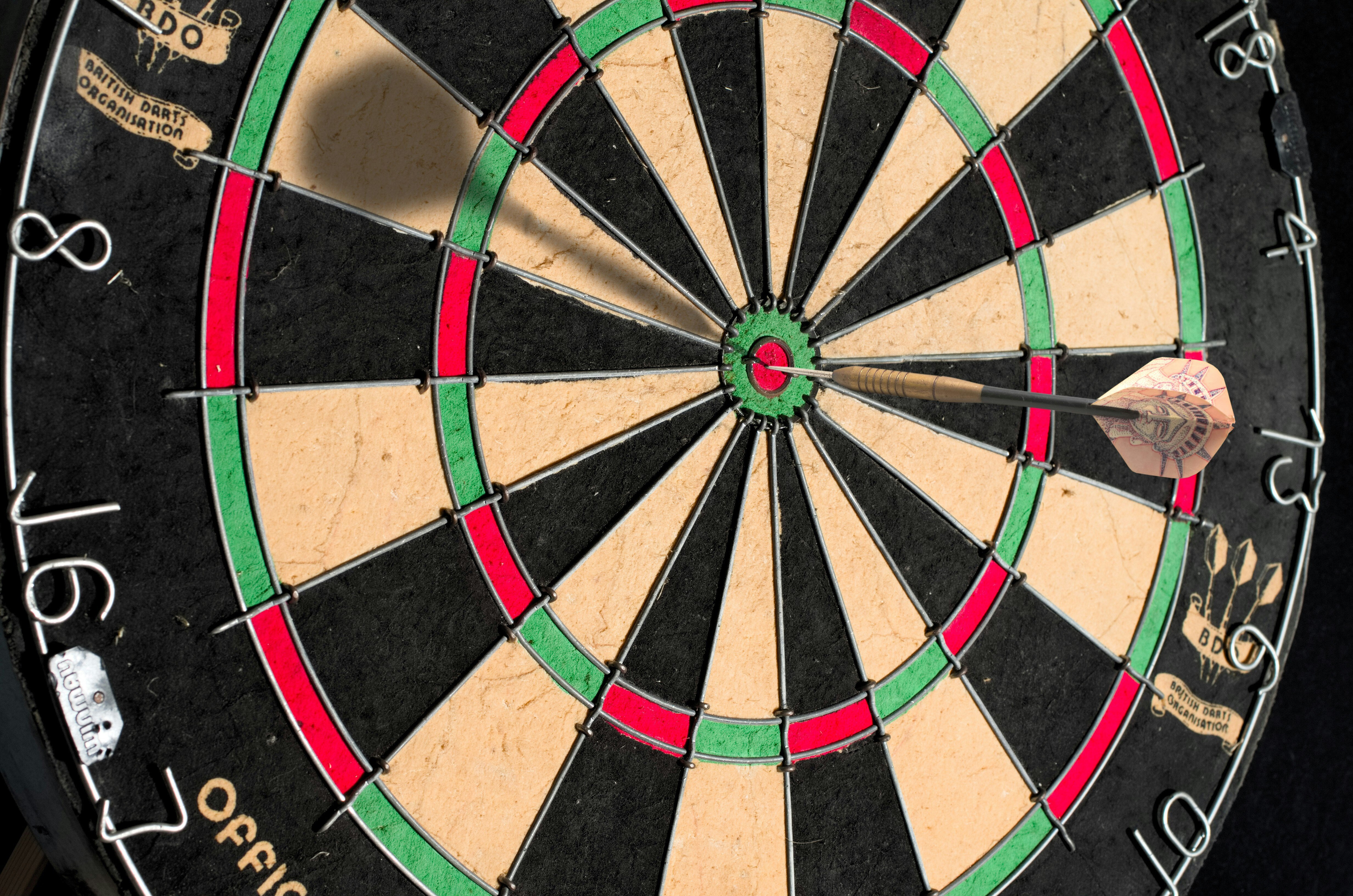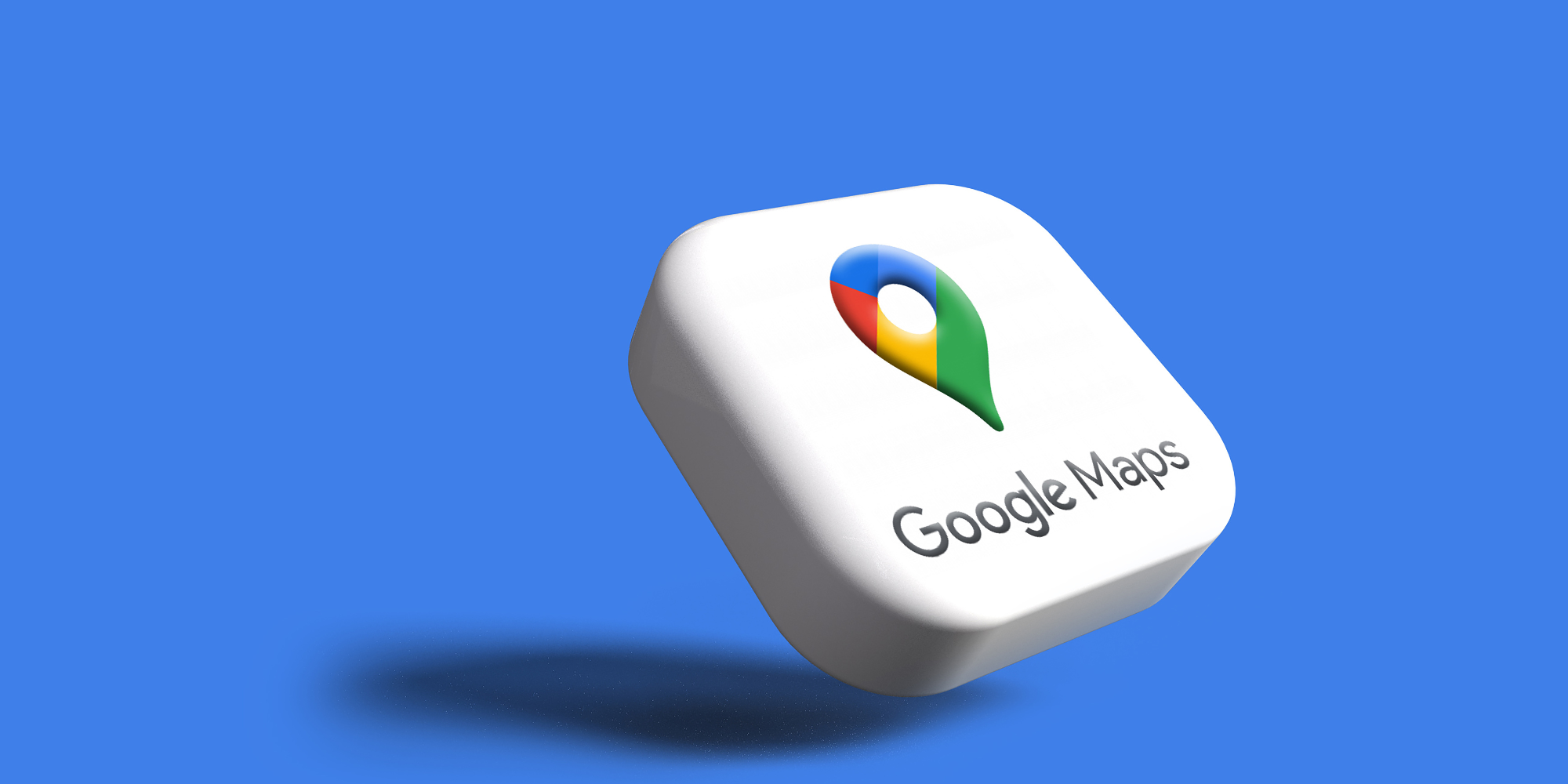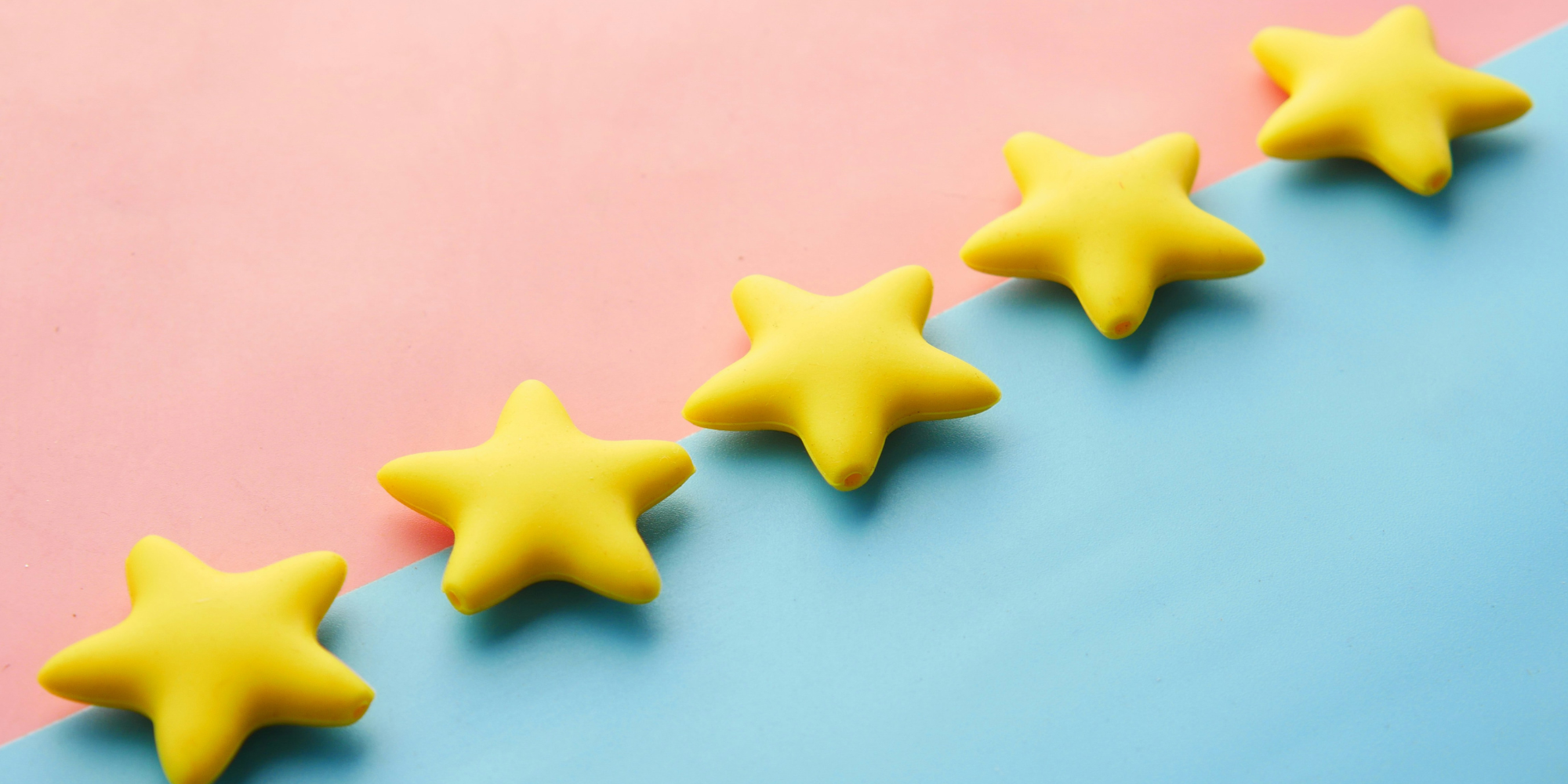August Round-up: Better Meta Targeting, Google Glitch & UX Best Practice
The latest version of our newsletter should have settled in your email inbox, detailing the need-to-know information and must-read thought leadership...
Read moreHow can you apply behavioural science to your advertising strategy? Sarah Clarke shares how you can infuse psychology and marketing.
I have been working in digital marketing for over seven years and, even now, when I tell people outside of the industry that I studied a BSc in Psychology before starting my career in digital marketing, I get one of two responses. I either get “oh, that’s a weird career trajectory” or I hear the polar-opposite response (which is the one I love!): “looks like you’re putting that psychology degree to good use”.
Although this does happen more with people outside the industry, it does occasionally happen inside digital marketing. Me being me, I hated the idea that my psychology degree had been pointless, so I set about diving into the link between psychology and marketing (particularly digital) to proving how they tightly relate, and why psychology underpins so much of what we, as marketers, are trying to achieve.
This opened up the world of applied behavioural science, which quickly became my passion and unique specialism within digital marketing.
Behavioural science is the study of human behaviour.
My initial interest into this topic started with Dr John Watson, an American psychologist who conducted several experiments in the 1920s. Shortly after completing psychological research about conditioning responses in human behaviour, Dr. Watson realised the learnings he had taken could be applied to advertising and, as there was more money in this industry, he quickly made the jump.
This continued for several years and there have been multiple psychologists who made the jump into advertising due to the transferable skills between the two.
The understanding and link between psychology and marketing has continued to develop into consumer behaviour and applied behavioural science. Both of these draw on multiple disciplines, including psychology, sociology and economics, to explain the choices that consumers make.
Digital marketing is so much about looking at trends and seeing what is happening, but it’s important to dig into this further and find out why those things are happening.
By looking at this online behaviour through psychology, we can leverage this to take advantage of the natural weaknesses of human behaviour which causes us to react in a certain way when shopping and browsing online.
Fundamentally, our job as digital marketers is to drive users to a website and get them to conduct a specific action.
The best way to guide and produce the required behaviour is to understand it, which is where marketing and behavioural science can come together and filter into all elements of digital marketing.
There are a number of psychological studies that have been conducted in the past that can help us to combine marketing and behavioural science and market more effectively.
Goldstein, Cialdini and Griskevicius (2008) conducted a study in hotels to motivate environmental behaviour. Next to the towels, they showed three messages:
| “Help save the environment” |
“75% of hotel guests in this hotel reuse their towels” |
“75% of hotel guests in this room reuse their towels” |
Messages relating particularly to the guests in the room, led to participants increase reusage of towels by 15%.
If we relate this to marketing, it is important to always relate the message back to being as personal to our customer as possible. If you can frame it in a way that relates directly to the consumer’s situation, it will encourage the consumer to take action.
Freedman and Fraser (1966) knocked on doors and asked residents to do something small:
|
Sign a petition supporting our cause |
Put a sticker up in your window |
For other houses, they didn’t speak to them at all. People who they had already approached were 3 times more willing to agree to a larger request for a different issue and 4 times more willing if the request was for the same issue. If we relate this to marketing, many businesses are focused on their ultimate conversion or goal. However, if you get consumers to do something smaller, like signing up for the newsletter, the likelihood of them coming back and completing a bigger conversion is much higher.
Skinner studied operant conditioning, where we learn to associate behaviours with events e.g. associating going back to a restaurant with getting a free drink. This has been completed with rats:
|
Rewarded every 5th time it pressed a bar (fixed ratio schedule) |
Rewarded randomly (variable reinforcement) |
The second option (rewarding randomly) was more longer-lasting in terms of encouraging the required behaviour and required less reinforcement (so less reward, in this case, food!). If we relate this to marketing, it’s similar to those loyalty rewards that many coffee shops use, where if you buy a certain number of drinks, you get one free. However, random reward has been shown to be more effective, so randomly providing someone with a free drink, rather than using fixed reward system, has been shown to be more effective when encouraging the consumer to do what you want, in this case, buying more coffees!
If you were presented with these two options – which would you choose? (Kahneman and Tversky, 1984)
|
£113.50 for the outdoor jacket, £23 for the tripod |
£125 for the outdoor jacket, 50% off the tripod at £11.50 |
68% of respondents were willing to buy the tripod, whereas only 29% were willing to buy the jacket, even though it’s the same price and deal either way. If we relate this to marketing, framing is super important. In this example, the offer you are providing is exactly the same either way, but consumers are so much more likely to go with option two. It’s important to not only test this (through A/B testing), but also to focus on the percentage discounts, as opposed to money off.
This is the one that most people outside of both psychology and marketing will be familiar with. Pavlov did a number of experiments with dogs, testing classic conditioning. Pavlov (1890) rang a bell and then served the dog meat. Eventually, it was enough to just ring the bell, and this caused Pavlov’s dog to salivate
Humans can be classically conditioned just as well, which is why brands use jingles and catchy slogans which cause the desired outcome, just from hearing the sound. If we relate this back to marketing, it is important that you associate something with your brand, whether that’s music, a logo or colour palette. It’s like how when you see blue and yellow, most people associate this with Ikea. It is important to provide consumers with something to latch onto, to provide them with greater association to your brand.
There are tonnes of other examples that I’ve not mentioned here, including:
A few of which I’ve applied to my own approach to psychology and marketing, where I’ve looked at how consumers are reacting to the current cost of living crisis.
It is extremely important to break marketing back down to what it is we are doing, which is ultimately, trying to generate a certain consumer behaviour (e.g. filling in a form or purchasing an item).
The more we can learn and understand about the fundamental way that humans behave, the more we can make smarter marketing decisions, tapping into these behaviours and using them to achieve the desired outcome.
Join me in my upcoming webinar to find out more about my approach to marketing and behavioural science. Learn how you can apply some of these principles to understanding how the cost of living crisis could be changing your audience’s behaviour.
Reserve your place to learn how to build a recession-ready strategy, rooted in behavioural science. Dial in at 2.30pm, 25th January 2023.
More articles you might be interested in:

The latest version of our newsletter should have settled in your email inbox, detailing the need-to-know information and must-read thought leadership...
Read more
As the cost of living continues to present challenges for many Brits, an increasing number of families are choosing to holiday within the United...
Read more
Our first curated newsletter has hit inboxes, detailing all of the latest need-to-know information and sharing all the necessary thought leadership...
Read more
Over the past few years, marketing leaders have been gearing up for the inevitable 'Cookieless Future'. Safari was the first to bid farewell to...
Read more.png)
It only seems like yesterday that it was the winter of 2022 and we were balancing Black Friday and the Qatar World Cup. Fast forward to now and we're...
Read more
There are many factors to consider when choosing an automotive dealership, with 53% of customers saying that price determines which dealership they...
Read more
Which UK-based private healthcare providers are running away with their digital presence and who needs a helping hand to take the next step? How is...
Read more.jpg)
How prepared are you for planning & budgeting season? Dave Chaffey shares some of the questions you should ask yourself when planning marketing...
Read more